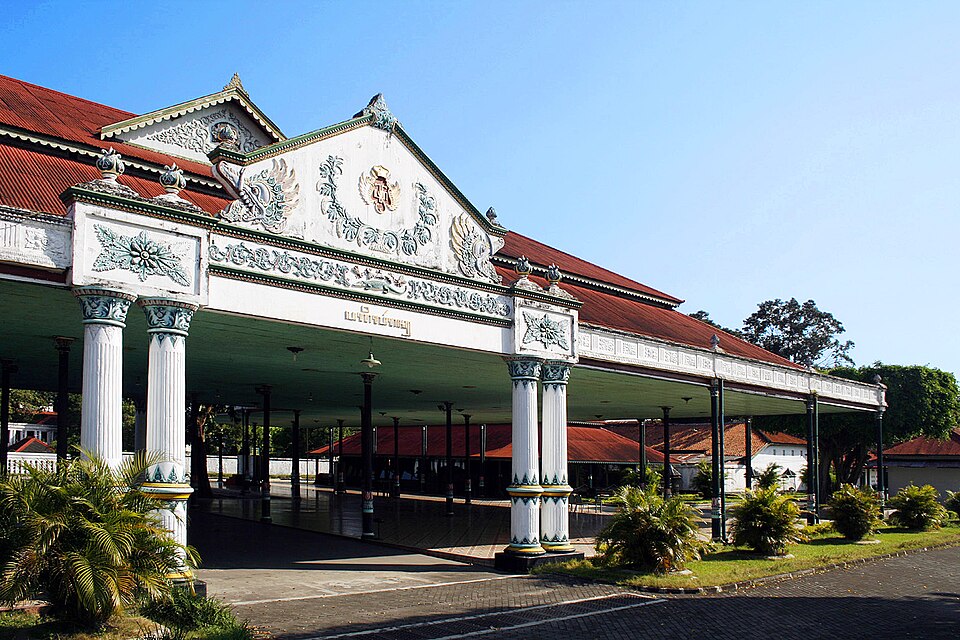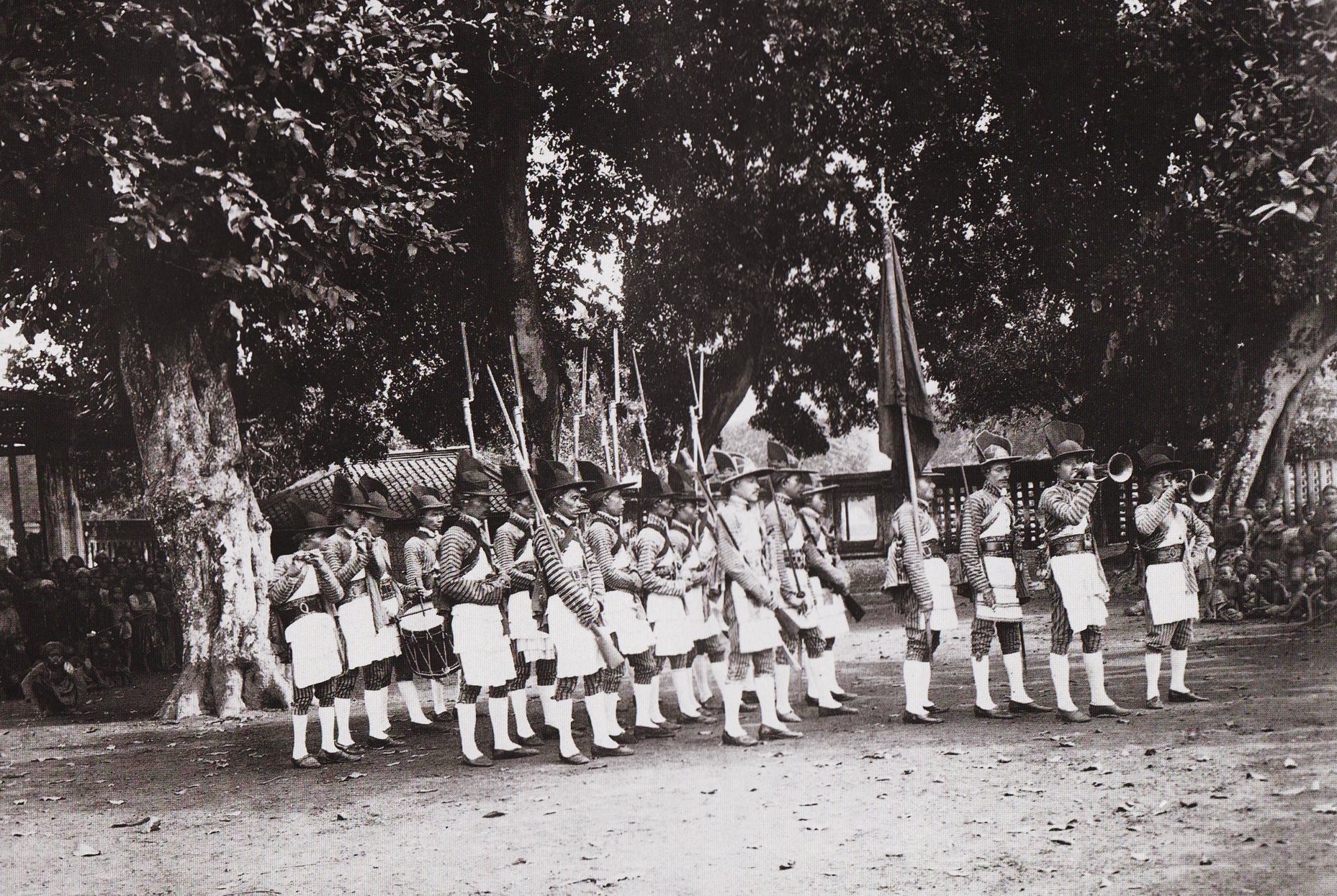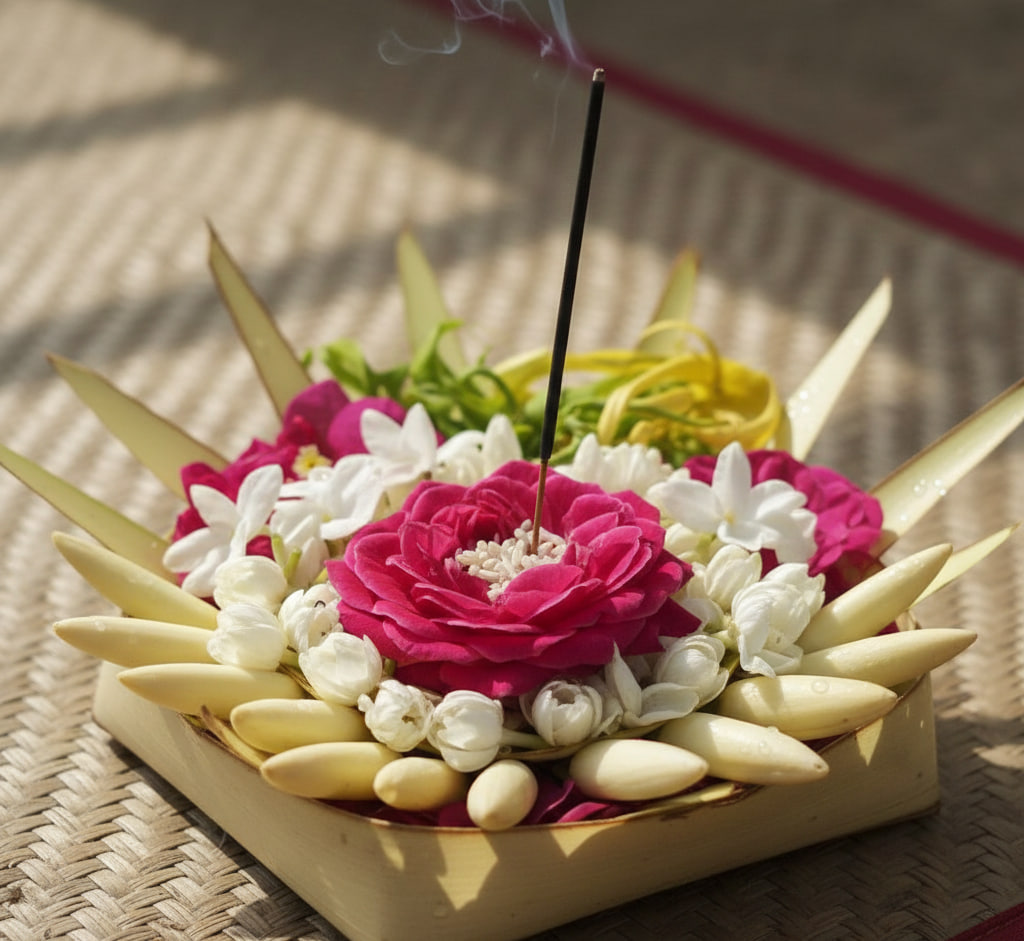News
Mertolulut: The Palace Executioner Who Waited Patiently for Death
When we talk about the Yogyakarta Palace, most of us picture graceful dances, the soothing sound of gamelan, or loyal servants in traditional attire. But behind all that elegance lies a darker chapter of history: the existence of the Mertolulut, the royal executioners.
Even the name itself is eerie. Merto means to guard, while lulut means patiently waiting for death. Yes, their very identity was tied to the act of waiting—patiently—for someone’s life to end.
Heavy Duty at Pacikeran
In the past, the Mertolulut lived in Kampung Mertolulutan, and their main workplace was called Pacikeran. The name comes from ciker, meaning “a severed finger.” And indeed, part of their job was to chop off the fingers of thieves and bandits.
Today, you can still see the site of Pacikeran. Two small houses stand there, with statues of palace servants in traditional Javanese attire. One with a thick mustache represents Mertolulut, while the clean-shaven one represents Singonegoro.
The Duo of Palace Executioners
Mertolulut never worked alone. He was accompanied by another servant, Singonegoro. The tasks were divided: Singonegoro handled the “lighter” punishments like hand-cutting, while Mertolulut specialized in the heavy stuff—beheadings and hangings.
Their existence dates back to the reign of Sultan HB I, when the palace still strictly followed Islamic law. Thieves had their hands cut off, murderers were beheaded, and executions took place in the Northern Square, right between the twin banyan trees.
The Shadow Behind the Palace Grandeur
Thinking about Mertolulut reminds us that history is not always about beauty and elegance worthy of postcards. There’s a dark side too, and that darkness makes history more human. The Yogyakarta Palace didn’t survive only on gamelan and dance—it also lived through justice, law, and executions that, to our modern ears, sound terrifying.



